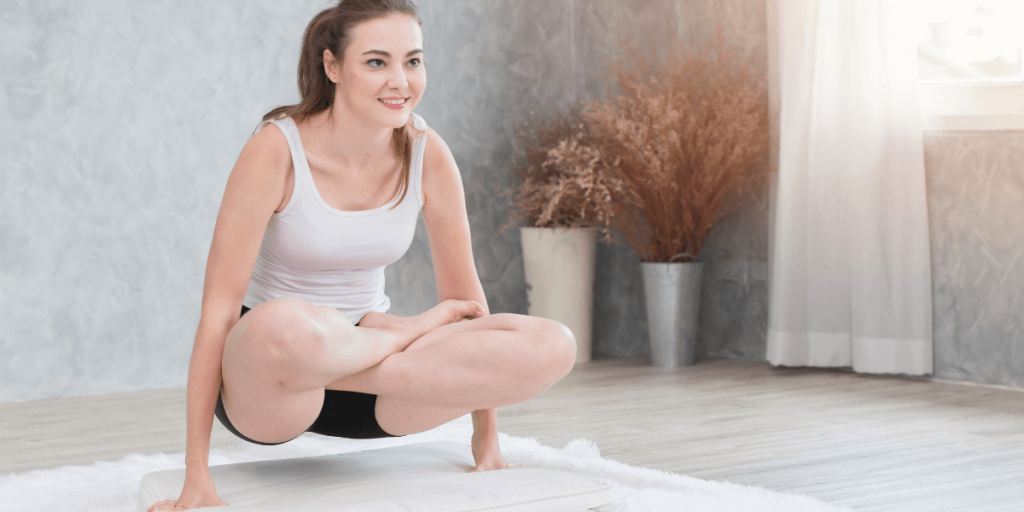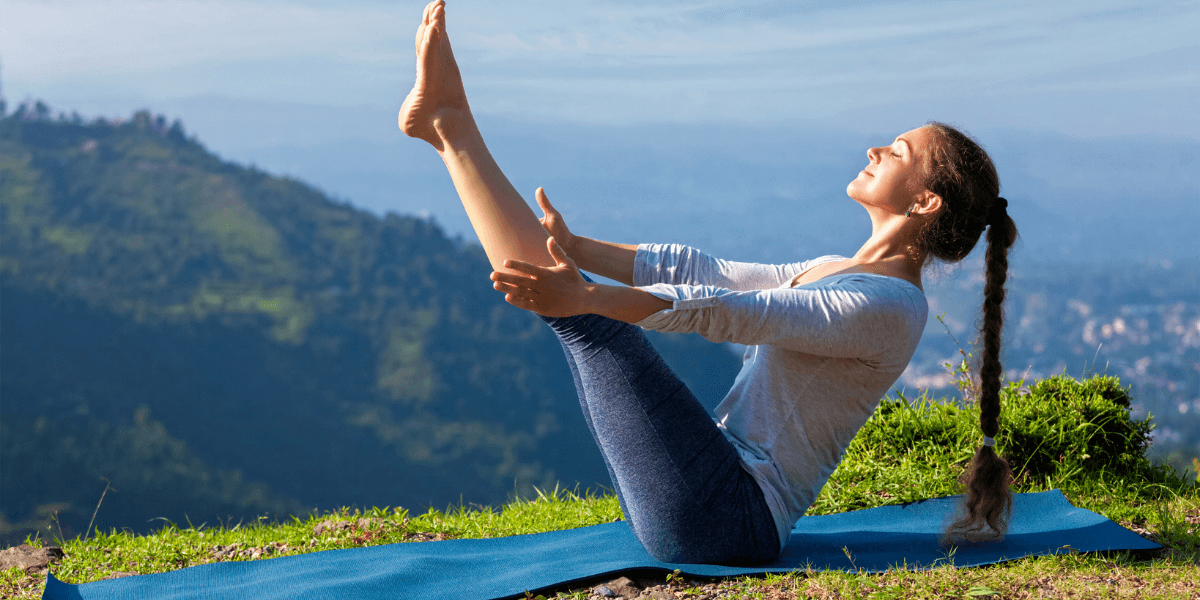Scales Pose, also known as Tolasana, is an advanced pose that focuses on arm balance. It is an essential part of Vinyasa yoga and Power Yoga, allowing you to strengthen your arms, wrists, abdominal muscles, and stimulate the digestive system. Once you can grasp this advanced pose, you will see increased hip flexibility and a stronger sense of balance and focus.
Avoid practicing Scales Pose if you have wrist or shoulder injuries. Likewise, you must not perform this pose if you have hip, knee, or ankle injuries.
Before you practice Scales Pose, you should become comfortable with several preparatory poses. Below, we will uncover these poses. For more information, simply click on the pose name for a full video tutorial of the pose.
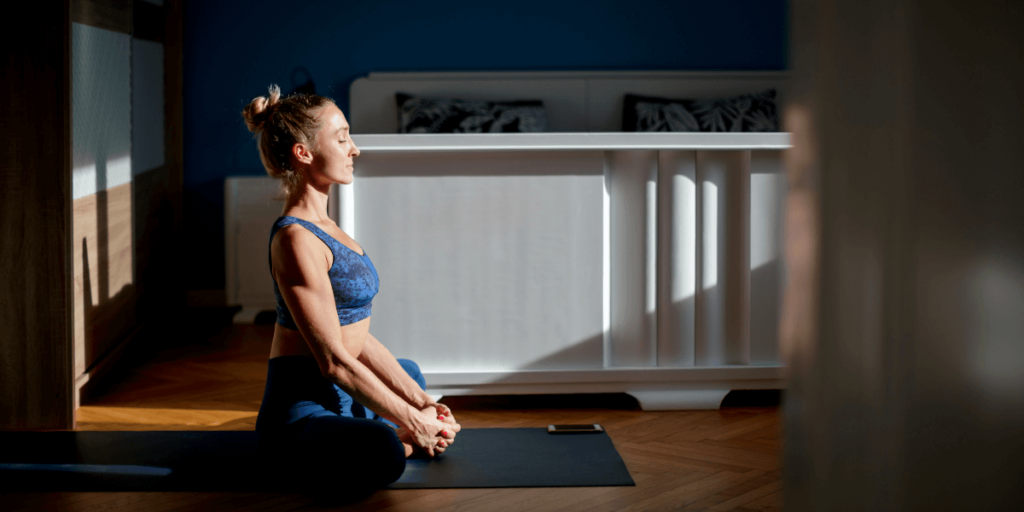
Bound Angle Pose (Baddha Konasana)
The Bound Angle Pose is an excellent prep pose for Scales pose, leading to improved flexibility in your hips, groins, and knees. Baddha Konasana also increases blood flow to your abdominal muscles, strengthens your spine, stimulates abdominal organs, and improves your kidney, bladder, and prostate gland functions.
- Sit erect and stretch your legs in front of you
- Exhale and bend your knees
- Move your heels toward the pelvic region
- Press your soles together
- Bring your heels closer to the pelvic region and hold your big thumbs against the soles of your feet
- Keep your pelvic area neutral, and your perineum parallel to the floor, sit up tall
- Stay in this position for up to five minutes
- Inhale and return to the original position
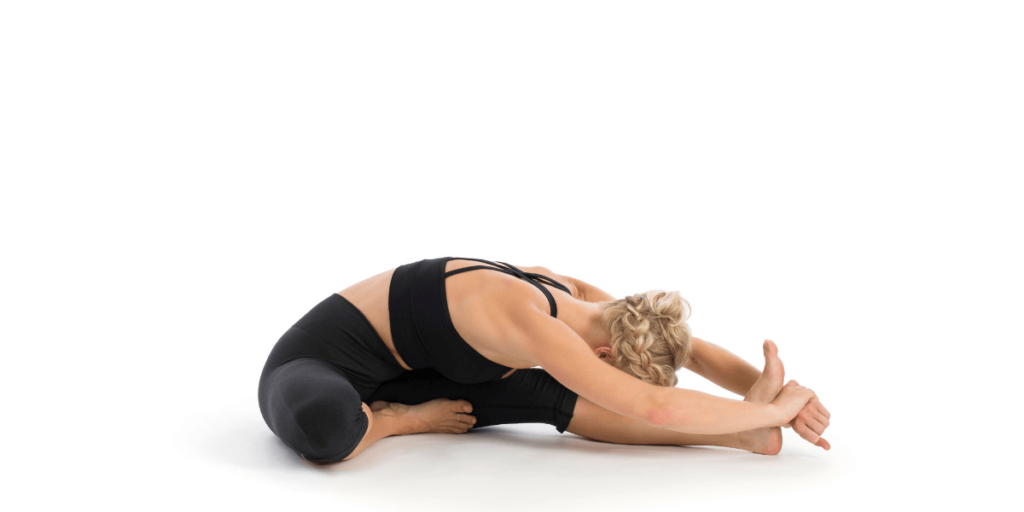
Head-to-Knee Forward Bend Pose (Janu Sirsasana)
Jan Sirsasana, also known as Head-to-Knee Forward Bend Pose, is an excellent stretch that prepares your body for Scales pose. It relieves your tight or stiff hamstrings, stretches your hips and groin muscles. If you are an athlete, you can practice this pose to stretch your hamstrings.
A restorative yoga pose, Head-to-Knee Forward Bend Pose calms your mind and relieves stress by increasing blood flow to your brain. Practicing this pose during your menstrual cycle can help relieve cramps and pain. It is also beneficial for women with menopause symptoms.
- Start the pose by sitting in Staff Pose
- Outstretch your legs in front of you and bend your left knee
- Bring your left foot’s sole to your right inner thigh
- Move your pelvis forward to lower your torso over your extended leg
- Walk your hands to your extended foot
- Flex your extended foot and press your right thigh back down toward the mat
- Make sure you reach a maximum forward bending limit
- Maintain a long spine and neck, do not scrunch your neck down
- Wrap your hands around your extended foot, if you cannot reach hold your calf or ankle
- Extend the spine long on each inhale
- Deepen the forward bend on each exhale
- Hold this position for at least ten breaths
- Come back to the original position and repeat on the other side
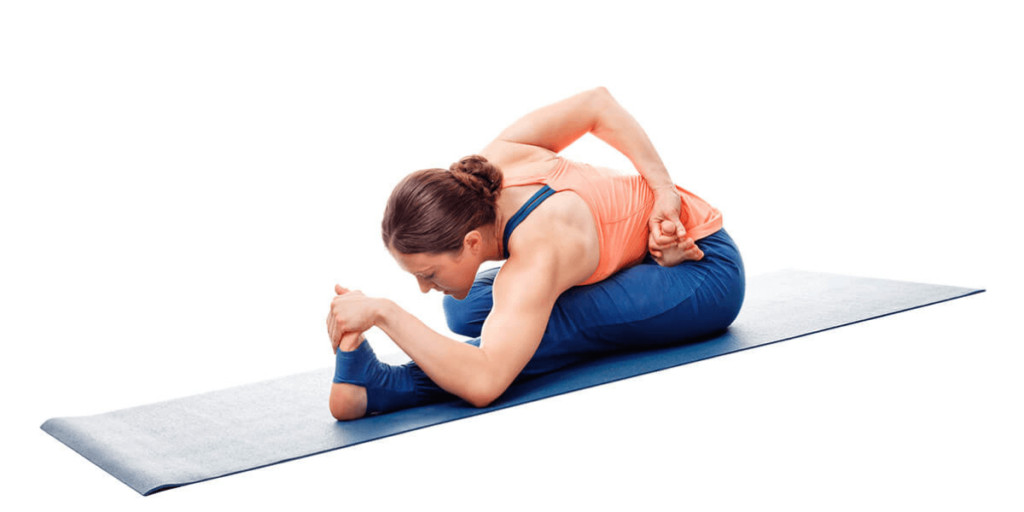
Half Bound Lotus Seated Forward Bend
Half Bound Lotus Seated Forward Bend Pose is another prep pose that you can perform to prepare your body for Scales Pose. The pose is also known as Ardha Baddha Padma Paschimottanasana, and it is an essential part of Ashtanga yoga that opens up your hips and knees and stretches your spine and hamstrings.
Bear in mind that this pose also increases your knee joints flexibility, stretches your shoulder joints, increases hip joint flexibility, and increases blood flow to your spinal nerves. Because it tones your calf and hamstring muscles, it is an excellent way to prepare your body for the intense Scales pose.
- Get into the Dandasana pose and place your left foot over your right thigh
- Flex your left ankle and stretch out your right leg in front of you
- Inhale and turn your torso or chest toward the left side
- Flex your shoulders and hips to hold onto your left toes
- Inhale and raise your upper body and go forward while exhaling
- Use your right hand to hold your right leg
- Inhale and then exhale to move your torso forward
- Place your face on your knee and hold for five breaths
- Feel a good stretch in your ankles and abdomen
- Make sure you lock your hips and abdomen with your foot
- Inhale and release back into the Dandasana pose
Final Words
Although many people want to include the Scales pose in their daily or weekly yoga regimen, it requires great strength and flexibility in your arms, wrists, legs, spine, and abdomen. You can prepare your body for the Scales pose by practicing these prep poses.
